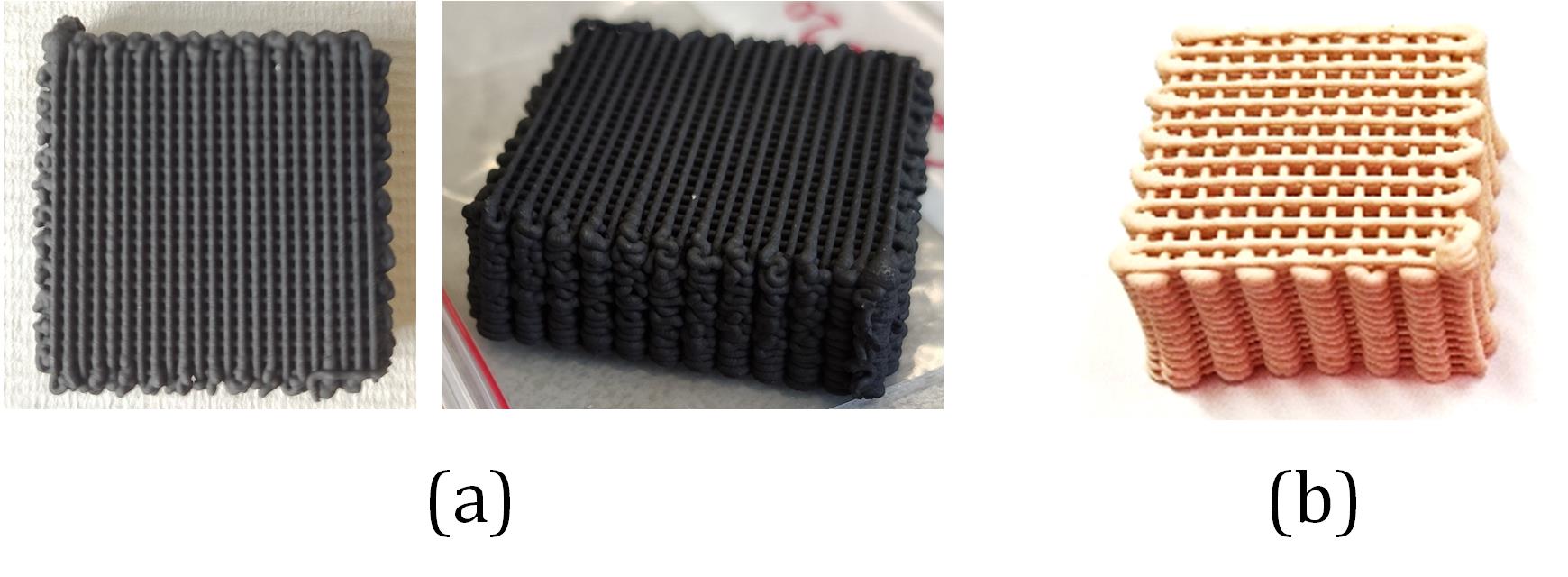Breadcrumb
- Home
- Publications
- Proceedings
- 2020 Virtual AIChE Annual Meeting
- Topical Conference: Next-Gen Manufacturing
- 3D Printing of Functional Materials
- (616e) 3D Micro-Extrusion of Hierarchical Porous Structures for Sorption and Catalysis

3D printing was performed by a technology known as Direct Ink Writing or robocasting, which is based on the direct extrusion of viscous paste through a nozzle. By the controlled stacking of the extruded fibers layer by layer, structured porous architectures can be produced in a wide variety of materials that find application in sorption and catalysis ranging from metals supports, zeolites, oxide ceramics, activated carbon, (functionalised) polymers,... and their combinations. The paste formulation (active powder material, (in)organic binder, rheology modifier, dispersants,...), extrusion conditions and post-processing conditions have an impact on the porosity, structural properties, mechanical strength and performance (selectivity and kinetics) of the materials. Different strategies to control the porosity within the fibers by the use of different (in)organic binders have been developed.
Figure 1: 3D printed structures for CO2 capture: (a) activated carbon, (b) zeolite.